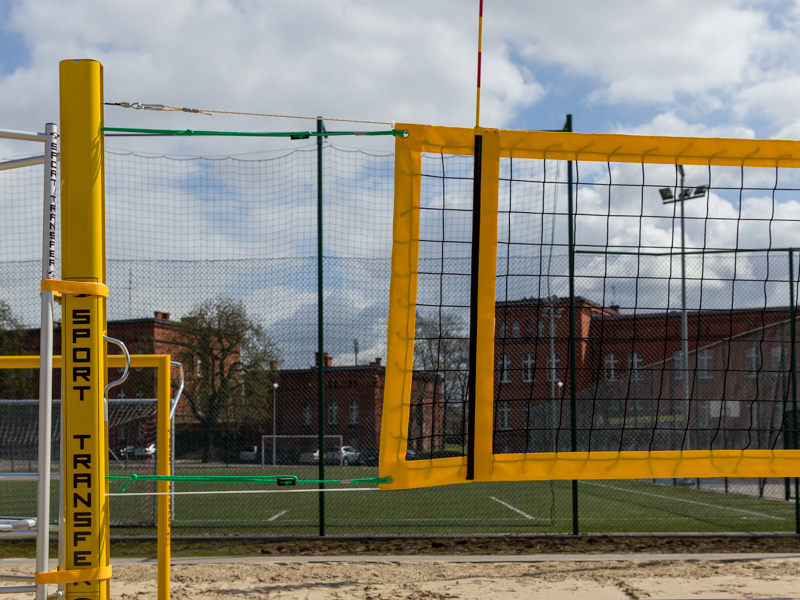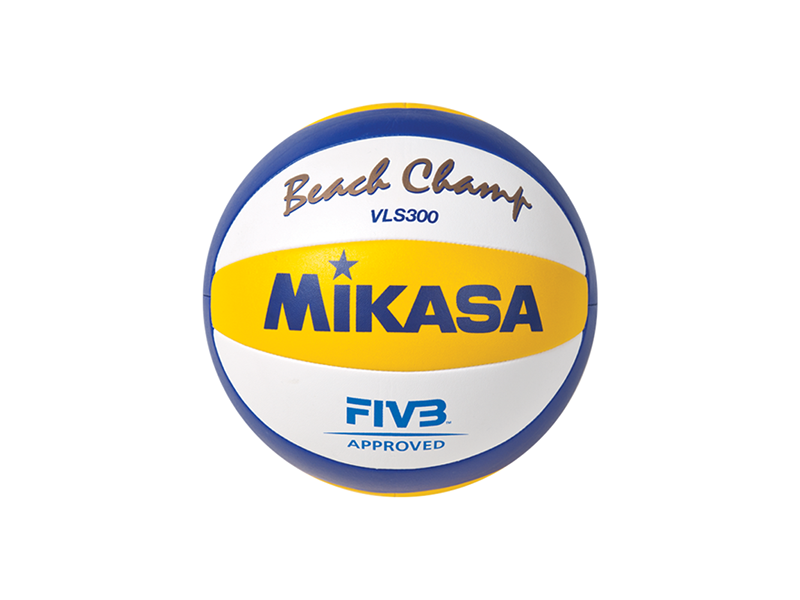SNOW VOLLEYBALL - HOW IS IT POSSIBLE? WHAT EQUIPMENT DO YOU NEED?
2022-03-28

Volleyball is primarily associated with indoor play, although the beach variant of the game also has many fans. However, these are not all her incarnations! Indeed, lately snow volleyball, or snow volley, has become increasingly popular. What does the sport consist of and what equipment does it require? Check it out!
SNOWVOLLEY - WHERE DID VOLLEYBALL ON SNOW COME FROM?
Many people have not yet heard of volleyball on snow. No wonder - this is a relatively new discipline, having been established only in 2008. Martin Kaswurm is considered to be its originator, who decided to set up a snowball court in front of his restaurant in the Austrian town of Wagrain. The discipline quickly gained a lot of interest, and was officially recognized in 2011 (by the Austrian Volleyball Federation). A year later, however, the first Snow Volleyball Tour was held. There is now even talk of including snow volleyball in the Winter Olympics program. Perhaps this will happen as early as the next event of this type - in 2026.
VOLLEYBALL ON SNOW - RULES OF THE GAME
Snow volleyball is directly derived from beach volleyball, and its rules are very similar, although there are a total of six players on the court rather than four. The playing field has the same dimensions - 8 by 16 meters. The net is at a height of 2.43 meters for men and 2.24 meters for women. Each team consists of four players - three players and one reserve. According to the official rules for 2021-2024, matches are played to two sets won, and each set to 15 points with a minimum two-point advantage. A maximum of two player changes can be made in each set.
The most important difference from indoor and beach volleyball is the ground - snow. If an official competition is held, its layer must be at least 30 cm deep. The pavement should be level and as uniform as possible, without stones or other foreign elements.
SNOW VOLLEYBALL EQUIPMENT AND ACCESSORIES
Setting up a volleyball court in the snow is not difficult, as the game does not require much equipment. In most cases, posts and a beach volleyball net are used. According to the official rules:
• the net should be 8-8.5 m long and 1 m wide, as well as the so-called antennas,
• the mesh should be square in shape and measure 10x10 cm,
• the top and bottom edges of the net should be finished with a fabric trim 7-10 cm wide, preferably in a bright or dark blue colour,
• the side edges should also be finished with coloured trimming with a width of about 5 cm.
Snow volleyball posts, to which the net is attached, must be 255 cm high. They should have smooth edges and be permanently fixed to the ground. Soft post covers are also required, as in beach volleyball.
Initially, Mikasa or similar volleyballs designed for so-called beach volleyball were used to play on snow. Nowadays, special snow volleyballs are increasingly produced, although their parameters are not significantly different from beach balls. They must:
• be made of flexible and non-absorbent material - such as natural or synthetic leather,
• have a circumference of 66 to 68 cm,
• weigh 260 to 280 g,
• have a bright, uniform colour or use a combination of colours.
The air pressure inside the ball should be between 171 and 221 hPa (0.175 and 0.225 kg/cm2). All balls used during the match should have exactly the same parameters.
SNOW VOLLEYBALL - EQUIPMENT FOR PLAYERS
Snow volley players do not need any special equipment besides a good outfit. Teams are required to wear uniforms of the same colour and style, and opposing teams should have clothing of different colours. The standard outfit of a volleyball player on the snow consists of a close-fitting T-shirt (with short or long sleeves and a number from 1 to 4) and long, close-fitting pants (leggings). Shorts can be worn on top. It is permissible to wear hats or other headgear, as well as gloves and pads. Above all, the shoes should have good traction in the snow - perhaps spiked shoes or even cleats.






